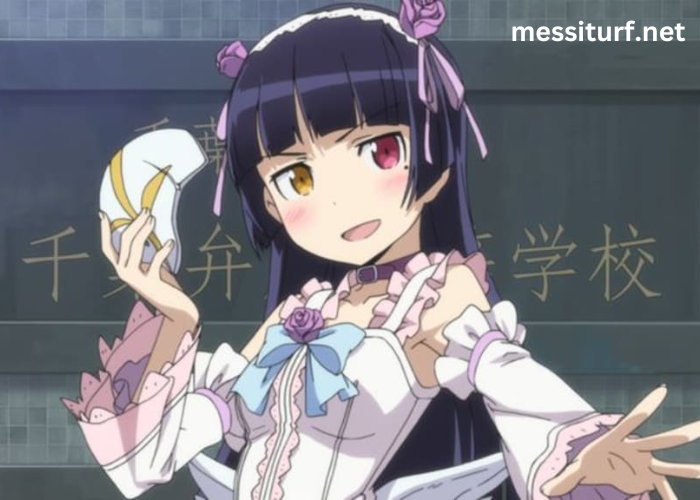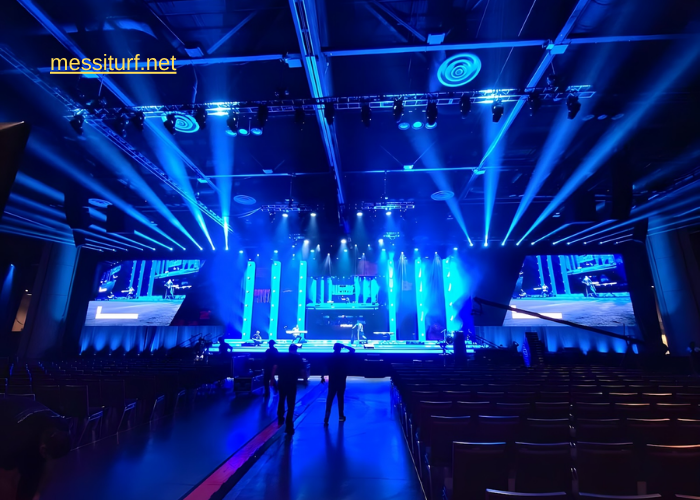Hentai, a genre of Japanese anime and manga that features explicit sexual content, has long been a subject of fascination and controversy. To understand its cultural impact and evolution, one must delve into its historical roots, societal influences, and the ways it has shaped and been shaped by Japanese media. This article explores the intricate tapestry of hentai’s development and its broader cultural significance in Japan and beyond. Explore a wide range of high-quality hentai content on Hentai3z. Enjoy the latest videos, images, and stories in one convenient location.
Historical Roots
The origins of hentai can be traced back to early Japanese erotic art, known as shunga. During the Edo period (1603-1868), shunga flourished as woodblock prints and paintings that depicted various aspects of sexuality. These artworks were widely circulated and accepted within Japanese society, reflecting a more open attitude towards sexual expression.
With the advent of the Meiji era (1868-1912), Japan experienced rapid modernization and Western influence, which led to a shift in cultural norms and attitudes towards sexuality. Despite these changes, erotic art persisted, evolving into new forms such as illustrated novels and early manga. The term “hentai” itself, which originally meant “abnormal” or “perverse,” began to be associated with sexually explicit content during the 20th century.
Evolution of Hentai in Japanese Media
The post-World War II era marked a significant turning point for hentai, as Japan’s manga and anime industries began to flourish. Osamu Tezuka, often referred to as the “God of Manga,” played a crucial role in shaping modern manga, including genres that incorporated adult themes. As manga gained popularity, so did its more explicit counterparts.
In the 1980s and 1990s, hentai anime emerged as a distinct genre, with titles such as “Urotsukidōji: Legend of the Overfiend” pushing the boundaries of explicit content. These works often featured fantastical elements, blending science fiction, fantasy, and horror with eroticism. The rise of home video technology further propelled hentai’s popularity, making it more accessible to a wider audience.
Cultural Impact
Hentai’s impact on Japanese culture is multifaceted, influencing and reflecting societal attitudes towards sexuality, censorship, and artistic expression. In Japan, hentai occupies a unique space where it is both mainstream and marginalized. It enjoys a dedicated fanbase and significant commercial success, yet it also faces scrutiny and censorship from authorities and cultural gatekeepers.
One notable aspect of hentai’s cultural impact is its role in challenging and subverting societal norms. By depicting taboo subjects and pushing the boundaries of acceptable content, hentai can serve as a form of social commentary and a means of exploring human sexuality in a non-judgmental space. This transgressive nature allows creators and consumers to engage with complex themes and emotions that might be suppressed in more conventional media.
Hentai has also played a role in the global perception of Japanese media. As anime and manga gained international popularity, hentai became a well-known, albeit controversial, aspect of Japanese pop culture. Its notoriety has sparked debates about freedom of expression, cultural differences, and the ethical implications of consuming explicit content.
Contemporary Trends and Challenges
In recent years, hentai has continued to evolve, adapting to new technologies and shifting cultural landscapes. The internet has revolutionized the distribution and consumption of hentai, making it more accessible to a global audience. Digital platforms, fan communities, and crowdfunding have enabled independent creators to produce and share their work, diversifying the genre and expanding its reach.
However, this increased accessibility has also led to challenges, particularly concerning issues of consent, exploitation, and the potential for harmful content. The depiction of extreme and non-consensual acts in some hentai works has raised ethical concerns and calls for stricter regulation. Balancing artistic freedom with responsible content creation remains a critical challenge for the industry.
Conclusion
The cultural impact and evolution of hentai in Japanese media are a testament to its complex and multifaceted nature. From its historical roots in shunga to its contemporary presence in digital spaces, hentai has continually pushed the boundaries of artistic expression and societal norms. While it remains a controversial and often misunderstood genre, its significance in Japanese culture and its influence on global media cannot be denied. As hentai continues to evolve, it will undoubtedly provoke further discussion and reflection on the intersections of art, sexuality, and society.




